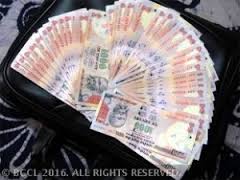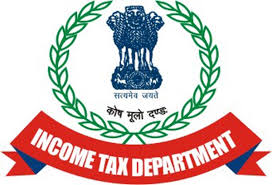
Three banks snapped up almost 90 percent of bonds sold by Indian states to foreigners, and turned them into derivatives, raising the prospect of more volatility in one of Asia’s best performing debt markets.
Several market participants involved in the sale said offshore units of Nomura, Standard Chartered (STAN.L) and Bank of America Merrill Lynch (BAC.N) bought about 30 billion rupees ($451 million) of the 35 billion rupees on offer in October, the first window for foreigners to buy in.
Much of that debt was then sold for a hefty fee as derivatives known as total return swaps to offshore clients keen for the bonds’ higher yields, compared with India’s already popular sovereign debt, and with similar guarantees.
In contrast, traditional buyers of the illiquid bonds are state banks, who hold the debt to maturity.
When contacted by Reuters, the three banks declined to comment.
India has been one of the most resilient emerging markets, with foreign buyers taking up about $9.7 billion of debt this calendar year, nearly exhausting available limits on sovereign debt purchases.
Those purchases have helped domestic debt return 7.8 percent so far this year, the highest in Asia, according to HSBC.
Given that appetite and a need to expand its investor base, India let foreigners buy state bonds and also relaxed the investment ceiling in government bonds by around 56 billion rupees in September: the first step in a gradual opening.
“The main objective of (Reserve Bank of India) in opening these limits is to attract diverse and new sets of investors to the Indian bond market,” said a senior foreign bank treasury official based in Mumbai.
“But if eventually the FII (offshore) units of the foreign banks in India get to corner the limits, elbowing out the long term investors, then that leaves open a big risk of these trades unwinding and disrupting the Indian debt market.”
India’s central bank has sought to discourage “bond tourists”, favouring what it calls “real” investors, who would not flit in and out of the market.
Although currency and market risks have been passed on to other buyers, a sharp sell-off could see these investors re-selling the derivatives back to the banks and forcing them to swap the debt or sell at a discount.
But with foreigners owning only 4 percent of Indian government debt versus 47 percent in Indonesia, for example – the impact of even a significant sell-off would likely be muted.
“We are less concerned as the liquidity in IGBs is one of the highest in the region, and foreign positioning remains a very low component of the outstanding market,” said Rohit Arora, interest rate strategist at Barclays in Singapore, referring to Indian government bonds.
The next window for foreigners to buy state government debt is on Jan. 1.
($1 = 66.450 Indian rupees)
(Writing by Clara Ferreira Marques; Editing by Rafael Nam and Jacqueline Wong)





